Hindutva: Who is a Hindu?
In 1923 ideological pamphlet by Vinayak Damodar Savarkar. The text exhibits one of the early uses of the term Hindutva (a Sanskrit -tva, a neuter abstract suffix, meaning "Hinduness", "quality of being a Hindu"). It is one of the foundational texts of contemporary Hindu nationalism.
Savarkar wrote the pamphlet while imprisoned in Ratnagiri jail. It was smuggled out of the prison and was published by Savarkar’s supporters.
Savarkar regards being Hinduism as an ethnic, cultural and political identity. "Hindus", according to Savarkar, are patriotic inhabitants of Bharatavarsha, those who consider India (Bharat) to be their fatherland (pitribhumi) as well as their "holyland" (punyabhumi). Savarkar thus extends the concept of "Hindu" beyond religious adherence to a term of ethnic nationalism and irredentism, identifying Hindus with the inheritors of a postulated Aryan race "indigenous" to Greater India. Sarvakar includes all Dharmic religions in the term "Hindusim" and outlines his vision of a "Hindu Rashtra" (Hindu Nation) as "Akhand Bharat" (United India), purpotedly stretching across the entire Indian subcontinent.
the Aryans who settled in India at the dawn of history already formed a nation, now embodied in the Hindus.... Hindus are bound together not only by the tie of the love they bear to a common fatherland and by the common blood that courses through their veins and keeps our hearts throbbing and our affection warm but also by the tie of the common homage we pay to our great civilisation, our Hindu culture."
—(p. 108)
Friday, June 27, 2008
Subscribe to:
Post Comments (Atom)













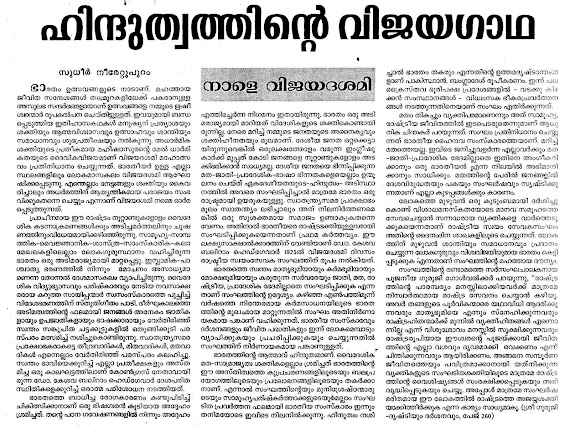


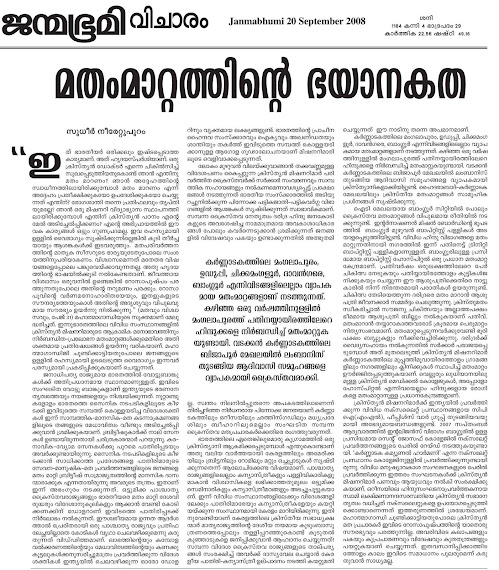

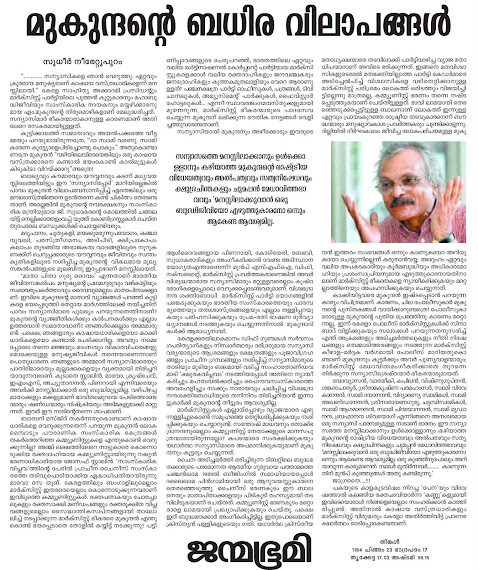
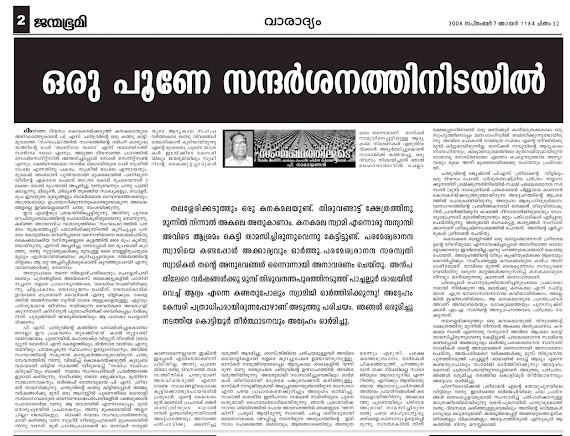
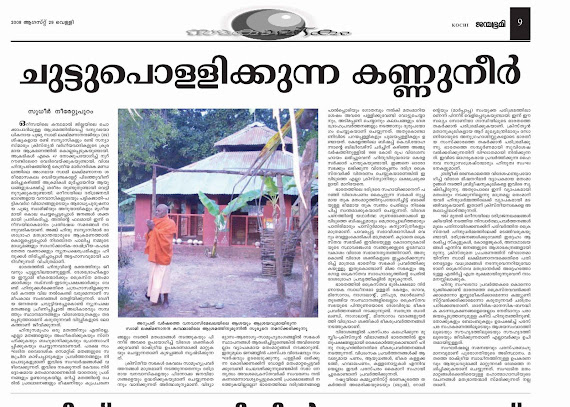

+08-08-08.jpg)
-Kesari,+03-08-08.jpg)
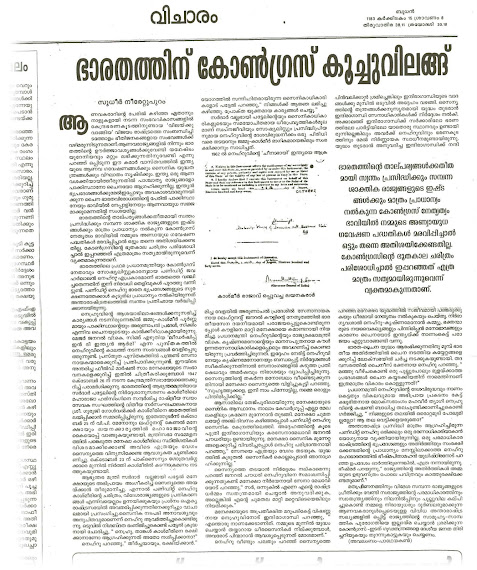
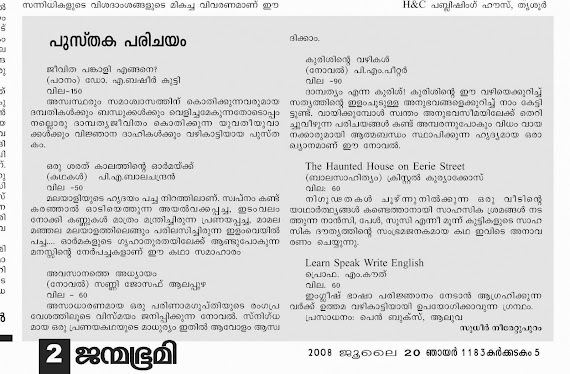






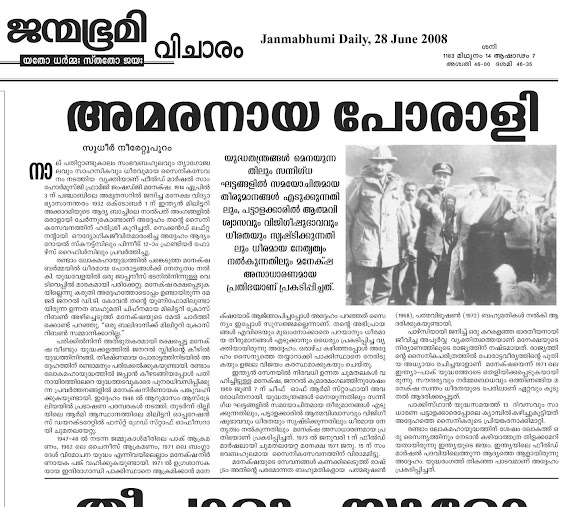
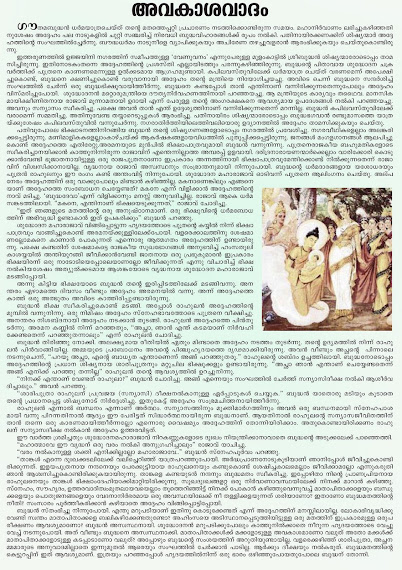


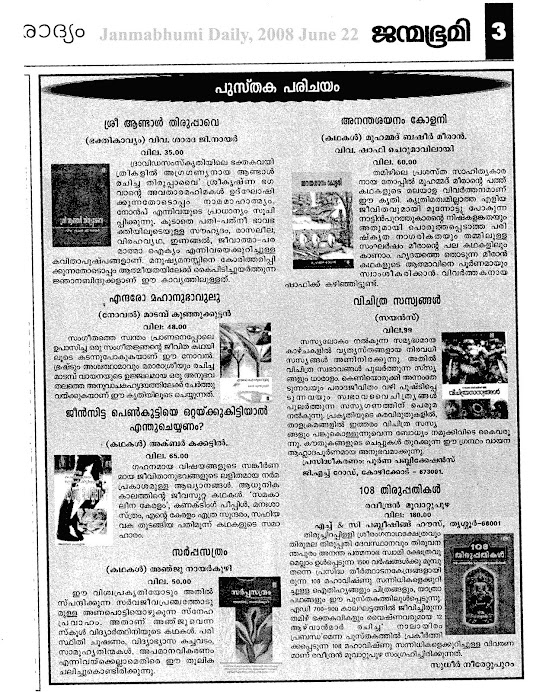

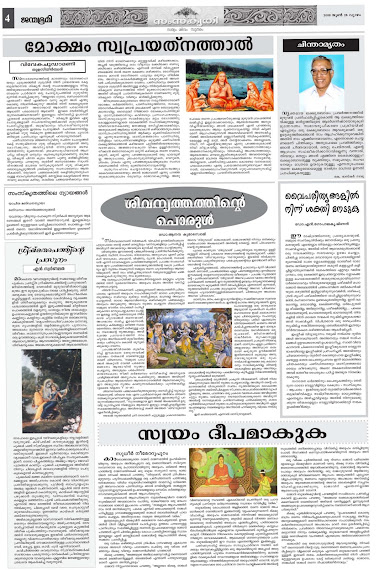
No comments:
Post a Comment